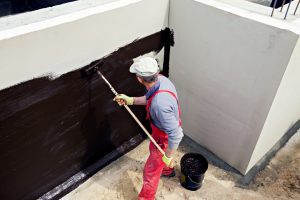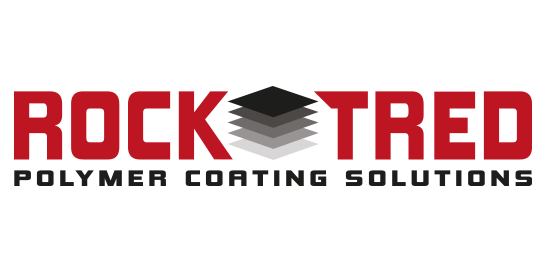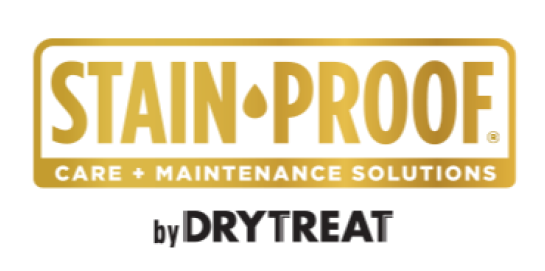No doubt you’ve had some kind of waterproofing done on your outdoor deck or interior floor space. You may only be familiar with above-grade systems. Did you know below grade waterproofing is also available for areas below ground level?
If you have a below ground deck or a basement, you’re going to need to consider a below grade waterproofing coating. Water can easily get in these places as you may already know. Basements are extremely vulnerable to moisture or flooding.
Without waterproofing, you could deal with major floor deterioration issues down the road that becomes expensive to fix.
When considering below grade waterproofing, you have three several types to consider. You also need to focus on a proper drainage system, which comes with distinct options.
Examples of Common Below-Grade Waterproofing Projects
To give you a clearer example of where below grade waterproofing gets used, it goes far beyond application in residential homes. You’ll often see it used for foundation walls, or slabs-on-grade. In public places, it’s often applied on plaza decks designed below ground level.
On public buildings or apartments, you’ll see it used on planters or even green roofs. Sumps and elevator pits are other places, especially during the construction phase of major buildings. Any slabs in a building or home typically means below grade waterproofing becoming necessary to avoid future water damage.
No matter where you need this type of waterproofing done, it’s time to think about which system you’ll need: Positive side, negative side, or blind side.

What is Positive Side Waterproofing?
You’ll see positive side waterproofing done on the exterior of all buildings. It’s going to require access to the outside face of any building or home. Although this is something that’s not always possible.
In scenarios where it’s not possible, you may need to consider negative or blind-side options. Nevertheless, if you can do positive side waterproofing, it’s usually more advantageous because it’s in a more visible spot. Any defects you encounter in the waterproofing membrane are easier to inspect this way over the other methods.
Here are some things to consider with positive side waterproofing:
- Work with your waterproofing team to select the best possible waterproof material.
- Ask if you need insulation as well.
- Consider vapor barriers and if they’re necessary.
- You may need drainage to keep excess water out of the area.
Negative Side Waterproofing
As the alternative to positive side waterproofing, you’ll be applying this only to inner surfaces. It’s not the best possible solution because the structure where you’re applying the compound could move or crack over time.
When this occurs, you may need to go back in and apply more waterproofing to repair the damage in future years. With a customized application that easy to apply, it’s not necessarily a burden.
Blind Side Waterproofing
This option usually goes on the underside of structural slabs. Blind-side waterproofing only occurs when you have property line issues or various space limitations on where you can apply the coating.
Design considerations here are the same for the positive side, including figuring out whether drainage is a feasible option to assure water stays away.
Types of Drainage to Consider
Once you successfully apply below grade waterproofing to your home or building, you’re going to need assessment on whether you’ll need drainage. Your waterproofing team can analyze this for you to weigh the options.
French drains are often used, as are under-slab drainage systems. In addition to these, consider drainage boards, or footing drains. Sump pumps are also a must if the area is completely flat. You can easily hardwire sump pumps into your electrical system for more reliability.
Contact us at Pli-Dek Systems to learn more about below grade waterproofing. We offer a unique waterproofing compound that’s easy to apply in all structural situations.











